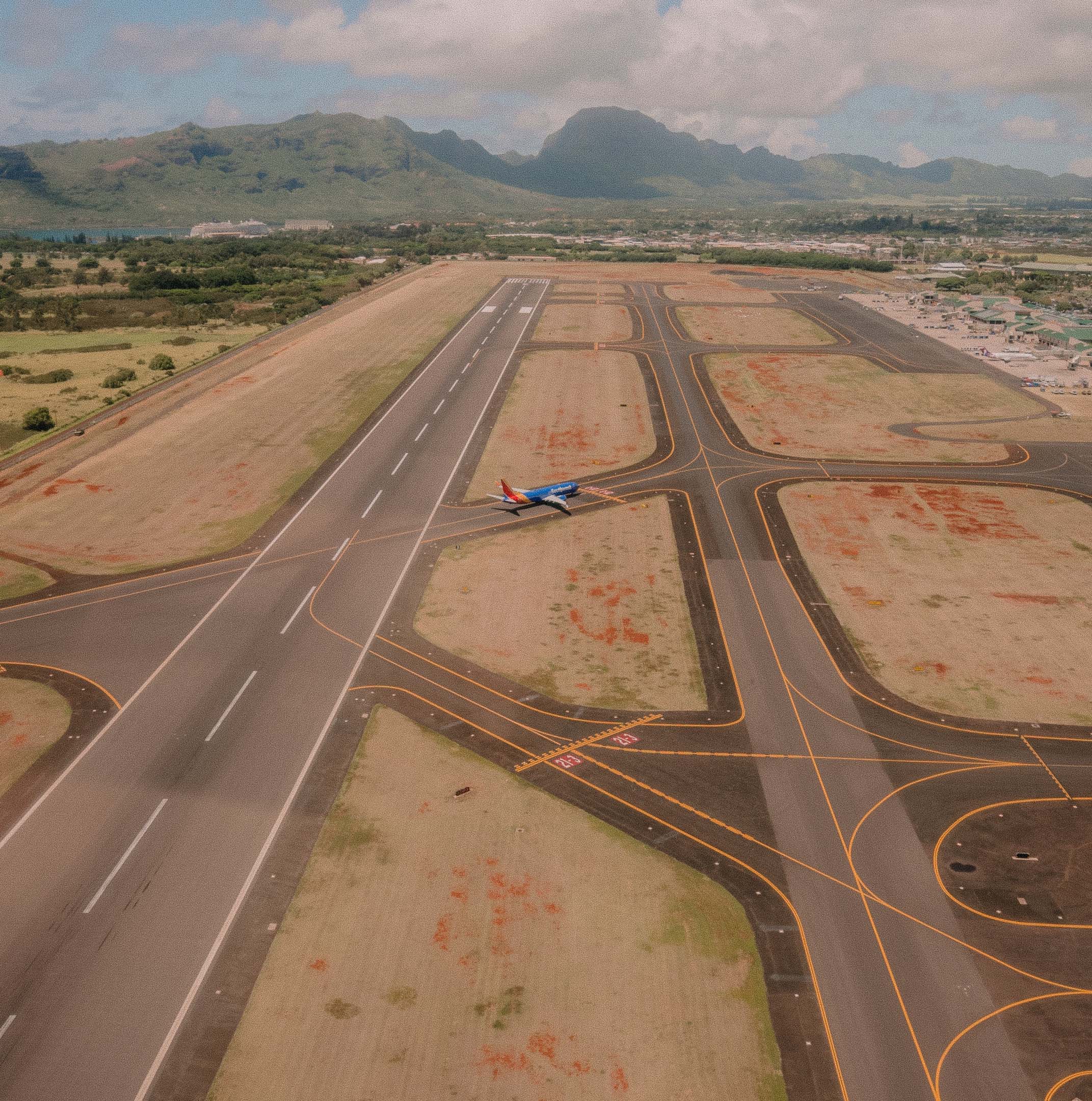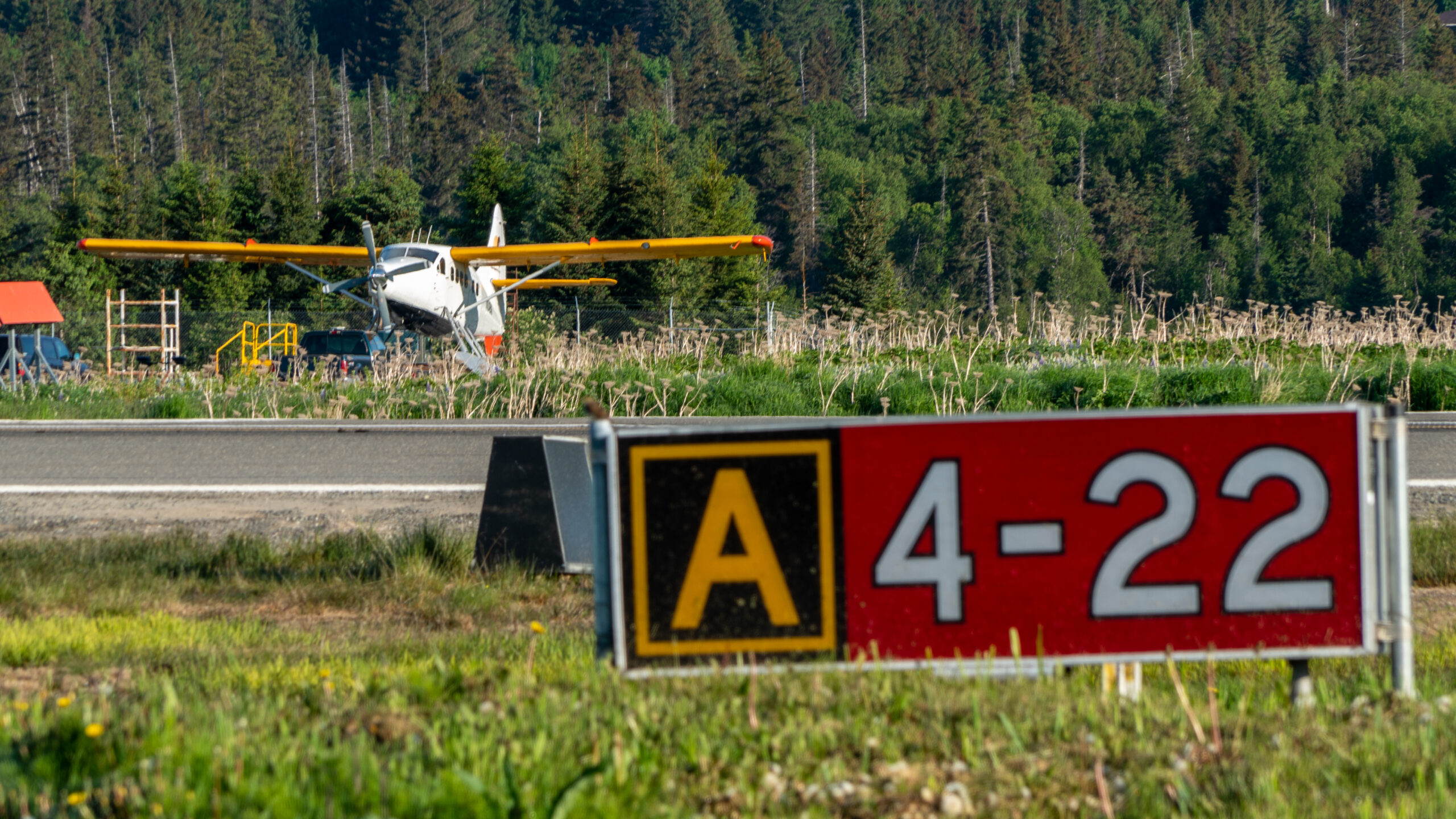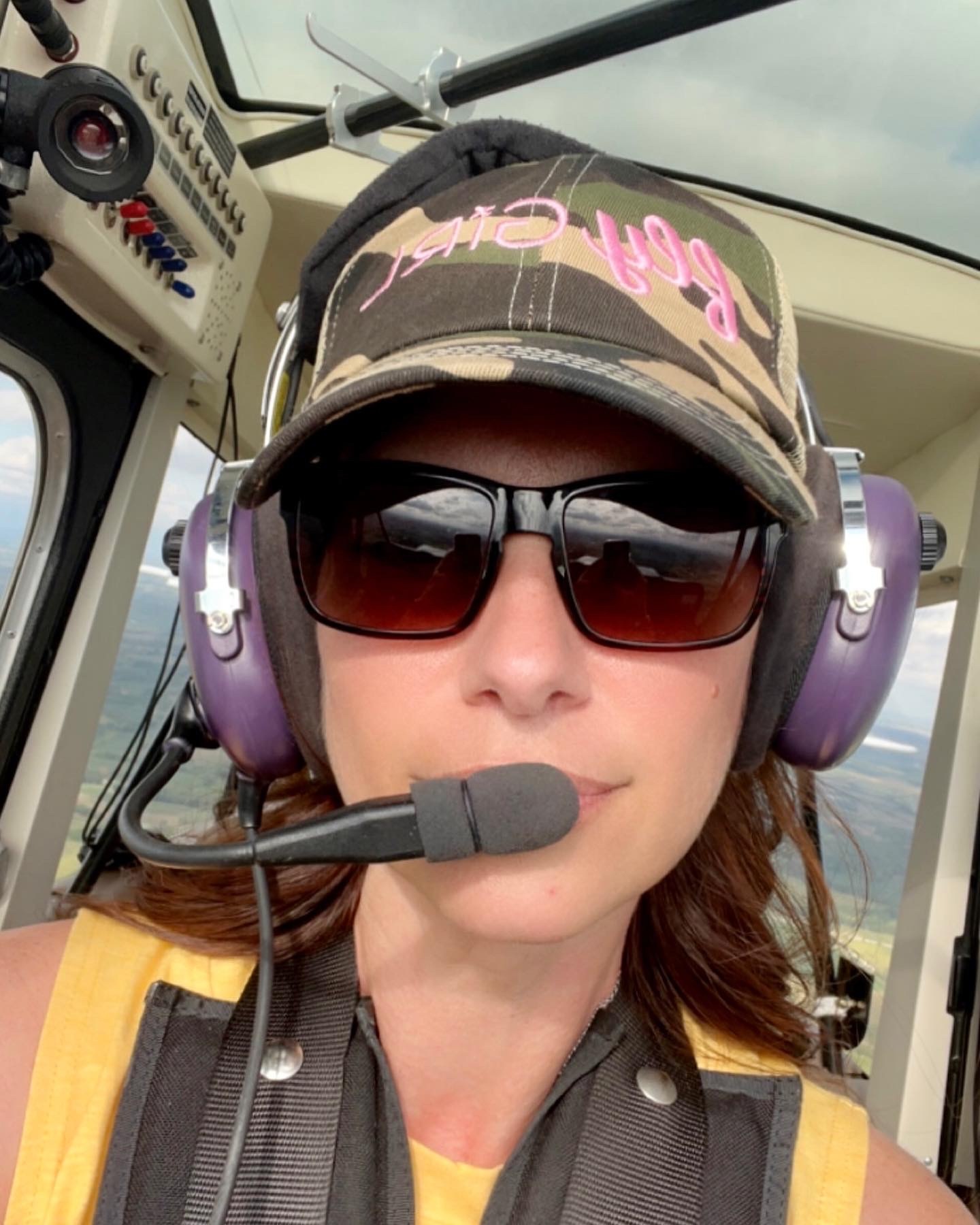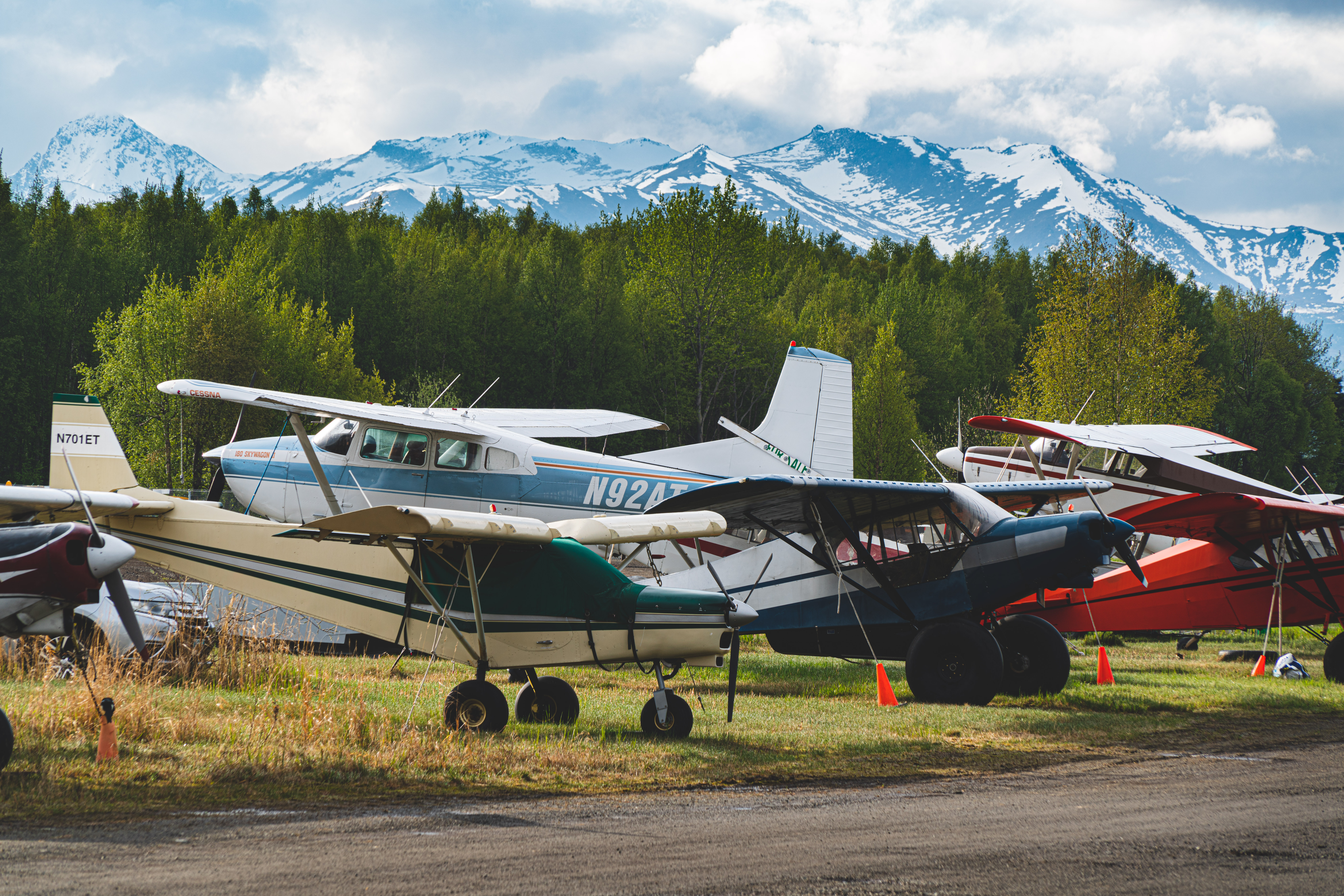
Airports are bustling hubs of activity, with planes taxiing, taking off, and landing around the clock. Amidst the organized chaos, one might notice the intricate lines painted on the taxiways and runways. These lines serve a crucial purpose in guiding pilots, ensuring the safety of passengers and crew. In this article, we will delve into the significance of lines on the taxiway and runways, exploring their purpose, design, and the essential role they play in maintaining safety at airports worldwide.
Taxiway Lines
The Function of Taxiway Lines:
Taxiway lines are visual aids painted on the airport surface to assist pilots during ground operations. These lines consist of various markings, symbols, and holding positions that help pilots navigate the complex web of taxiways. Let’s explore their primary functions:
Taxiway Centerline:
The solid yellow line running down the center of the taxiway acts as a guide for pilots during taxi operations. It ensures that aircraft stay within the designated boundaries, preventing potential collisions with other aircraft, ground vehicles, or infrastructure. The centerline promotes a systematic flow of traffic, enabling efficient movement on the ground.
Taxiway Edge Lines:
Dashed yellow lines on each side of the taxiway mark its edges. These lines help pilots maintain proper alignment, preventing them from accidentally veering off the taxiway surface. By following the edge lines, pilots can safely navigate through the airport and avoid hazards.
Hold Lines:
Hold lines, often found at taxiway intersections or before entering a runway, consist of two solid yellow lines with a dashed line in between. They indicate where an aircraft should stop and await clearance from air traffic control. Hold lines ensure safe separation from active runways or areas with conflicting traffic, minimizing the risk of accidents.
Surface Painted Signs:
In addition to the lines, surface-painted signs play a vital role in taxiway navigation. These signs provide important information such as taxiway designations, directions to gates, and other relevant locations within the airport. Pilots rely on these signs to navigate the taxiways accurately and efficiently. Student pilots have the option to ask for a progressive. With a progressive request, the tower will give you step-by-step directions for those more difficult and larger to navigate destinations.

Runway Lines
The Purpose of Runway Lines:
Runway lines are essential for safe takeoffs, landings, and ground movements on the runway. These markings serve as visual aids, guiding pilots during critical phases of flight. Let’s explore the different types of lines found on runways:
Runway Centerline:
The runway centerline, a solid white line running along the length of the runway, acts as a reference point for pilots during takeoff and landing. It ensures proper alignment and positioning, allowing for a safe and accurate approach or departure. The centerline serves as a visual cue, helping pilots maintain runway awareness.
Threshold Markings:
Threshold markings are a series of solid white lines perpendicular to the runway centerline. They indicate the beginning of the usable runway surface for landing. Pilots rely on these markings to identify the landing zone and adjust their approach path accordingly. The threshold markings provide a clear visual reference, enabling pilots to execute precise landings.
Touchdown Zone Markings:
Located a few hundred feet from the threshold, touchdown zone markings consist of pairs of solid white lines spread across the width of the runway. These markings indicate the portion of the runway where aircraft wheels should touch down during landing. By aiming for the touchdown zone markings, pilots can ensure a smooth and safe landing.
Runway Holding Position Markings:
Similar to hold lines on the taxiway, runway holding position markings consist of solid yellow lines with two solid yellow lines on each side. These markings indicate where an aircraft must hold and await clearance before entering or crossing the runway. They prevent runway incursions, ensuring that aircraft maintain a safe distance from active runways.
Taxiway Intersections:
To facilitate safe aircraft movements between runways and taxiways, markings are placed at taxiway intersections. These markings consist of a combination of dashed lines, holding positions, and runway designations. They guide pilots on the correct path during runway crossings, minimizing the risk of confusion or potential collisions.
Lines on the taxiway and runway are not mere aesthetic additions to airports; they are indispensable tools for safe and efficient air travel. These visual aids provide pilots with clear instructions, enhance runway awareness, and prevent potential hazards.
By following the guidance provided by taxiway and runway lines, pilots can navigate the complex airport environment with precision and confidence. These lines are a testament to the meticulous planning and attention to detail required to maintain safe operations within the dynamic setting of an airport.
Airport authorities and regulatory bodies prioritize the regular inspection, repainting, and maintenance of these lines to ensure their visibility and effectiveness. Continued advancements in line painting technology and materials further contribute to their durability and longevity.
In conclusion, lines on the taxiway and runway play a vital role in aviation safety. They serve as visual cues, promoting situational awareness and contributing to the overall safety of air travel. The clear guidance provided by these lines ensures the smooth flow of air traffic and instills confidence in pilots, passengers, and ground personnel alike. If you have any questions on the lines at an airport definitely reach out to Angle of Attack for more information.

Karey grew up and obtained her in private pilot’s license in Central Iowa. She fell in love with tailwheel aircraft during her primary training and obtained a tailwheel endorsement the week following her private pilot checkride. She is eager to obtain her seaplane rating and is merging her passion for flying with her prior work career. Karey has a background in marketing, editing, and web design after graduating from Simpson College. When she is not flying or working, Karey enjoys anything related to technology and admits she can be a bit of a nerd. She also has discovered a love for virtually all outdoor pursuits, with a special fondness for climbing, shooting, and hiking.

Stay Connected
Be the very first to get notified when we publish new flying videos, free lessons, and special offers on our courses.





